What Is A Pl Camera Filter?
In the world of photography and videography, achieving the perfect shot often requires more than just a high-quality camera and lens. One of the essential tools that professionals and enthusiasts alike rely on is the polarizing (PL) camera filter. This filter can significantly enhance the quality of your images by reducing reflections, increasing color saturation, and improving contrast. In this article, we will delve into the intricacies of PL camera filters, exploring their functions, types, and practical applications, as well as providing tips on how to use them effectively.
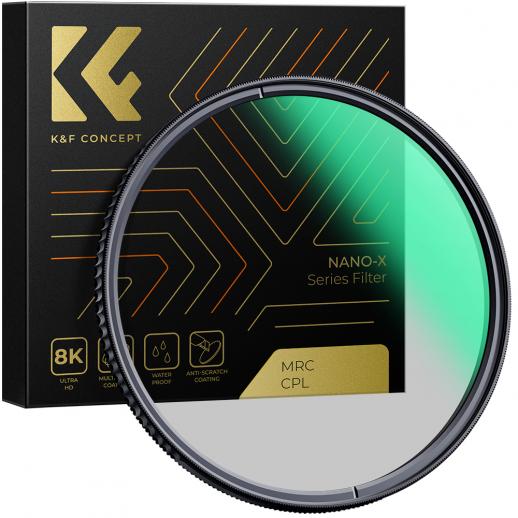
Understanding PL Camera Filters
A polarizing filter is a piece of optical glass or plastic that is mounted in a circular or rectangular frame and attached to the front of a camera lens. The primary function of a PL filter is to manage light waves, specifically by filtering out polarized light. Polarized light is light that has been reflected off surfaces like water, glass, or shiny objects, and it often causes unwanted glare and reflections in photographs.
Types of PL Camera Filters
There are two main types of polarizing filters: linear polarizers and circular polarizers. Understanding the difference between these two is crucial for selecting the right filter for your needs.
1. Linear Polarizers (LPL):
- Functionality: Linear polarizers filter light in a single plane. They are effective at reducing reflections and glare.
- Compatibility: While they work well with older film cameras and some manual focus lenses, they can interfere with the autofocus and metering systems of modern digital cameras, making them less suitable for contemporary use.
2. Circular Polarizers (CPL):
- Functionality: Circular polarizers consist of a linear polarizer followed by a quarter-wave plate, which converts the linearly polarized light into circularly polarized light. This allows the camera's autofocus and metering systems to function correctly.
- Compatibility: Circular polarizers are compatible with modern digital cameras and are the preferred choice for most photographers today.
Benefits of Using a PL Camera Filter
1. Reduction of Reflections and Glare:
- One of the most significant advantages of using a PL filter is its ability to reduce reflections from non-metallic surfaces such as water, glass, and foliage. This is particularly useful in landscape photography, where reflections can detract from the overall composition.
2. Enhanced Color Saturation:
- PL filters can enhance the colors in your images, making them appear more vibrant and saturated. This is especially noticeable in scenes with blue skies, green foliage, and other colorful elements.
3. Improved Contrast:
- By reducing the amount of scattered light entering the lens, PL filters can improve the overall contrast of your images. This results in sharper, more defined photographs with better tonal range.
4. Sky Enhancement:
- When photographing landscapes, a PL filter can darken the sky, making clouds stand out more prominently and adding depth to the image. This effect is most pronounced when the sun is at a 90-degree angle to the camera.
Practical Applications of PL Camera Filters
1. Landscape Photography:
- Landscape photographers often use PL filters to manage reflections from water bodies, enhance the colors of foliage, and create more dramatic skies. The filter helps in capturing the natural beauty of the scene without the distractions of glare and reflections.
2. Architectural Photography:
- In architectural photography, PL filters can reduce reflections from glass windows and other reflective surfaces, allowing for clearer and more detailed images of buildings and structures.
3. Product Photography:
- When photographing products, especially those with shiny surfaces, a PL filter can minimize reflections and glare, resulting in cleaner and more professional-looking images.
4. Travel Photography:
- Travel photographers benefit from using PL filters to capture vibrant and high-contrast images of various destinations. Whether it's a bustling cityscape or a serene beach, a PL filter can enhance the visual appeal of the photographs.
Tips for Using PL Camera Filters Effectively
1. Angle of Light:
- The effectiveness of a PL filter depends on the angle of the light source. For the best results, position the camera so that the light source (e.g., the sun) is at a 90-degree angle to the lens. This maximizes the filter's ability to reduce reflections and enhance colors.
2. Rotating the Filter:
- Most PL filters are designed to rotate, allowing you to adjust the level of polarization. Rotate the filter while looking through the viewfinder or at the camera's LCD screen to see the effect in real-time. Adjust until you achieve the desired level of reflection reduction and color enhancement.
3. Using with Wide-Angle Lenses:
- When using a PL filter with wide-angle lenses, be cautious of uneven polarization, which can result in an unnatural gradient in the sky. This occurs because the angle of light varies across the wide field of view. To mitigate this, avoid using maximum polarization and experiment with different angles.
4. Exposure Adjustments:
- PL filters reduce the amount of light entering the lens, typically by 1 to 2 stops. Be prepared to adjust your exposure settings (aperture, shutter speed, ISO) to compensate for this light loss. Using a tripod can help maintain stability during longer exposures.
5. Cleaning and Maintenance:
- Keep your PL filter clean and free of smudges, dust, and fingerprints. Use a microfiber cloth and lens cleaning solution to maintain the filter's optical clarity. Store the filter in a protective case when not in use to prevent scratches and damage.
A polarizing (PL) camera filter is an invaluable tool for photographers and videographers seeking to enhance the quality of their images. By reducing reflections, increasing color saturation, and improving contrast, PL filters can transform ordinary scenes into visually stunning compositions. Whether you're capturing landscapes, architecture, products, or travel destinations, understanding how to use a PL filter effectively can elevate your photography to new heights. With the right techniques and a bit of practice, you'll be able to harness the full potential of this versatile accessory and create images that truly stand out.


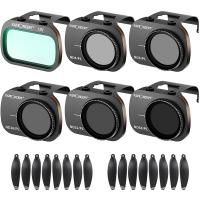
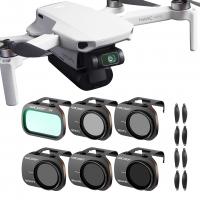

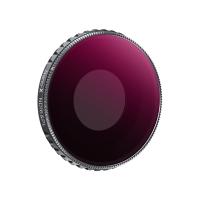

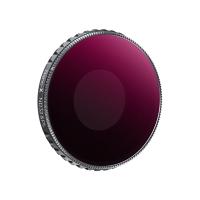
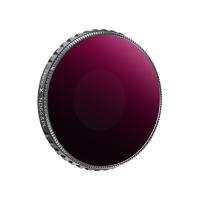
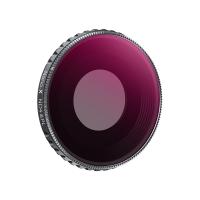
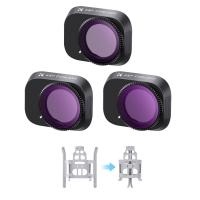
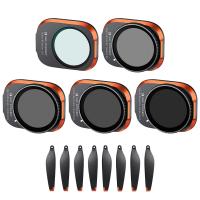


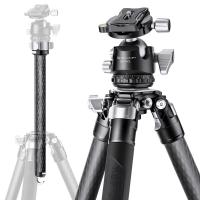
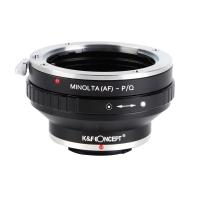
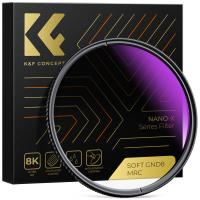

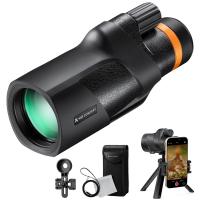

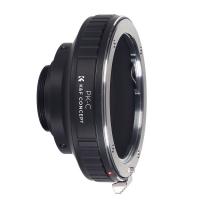


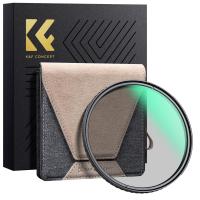
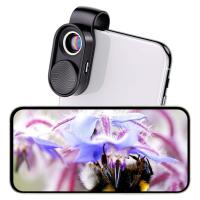
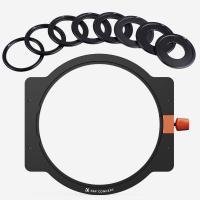
-200x200.jpg)
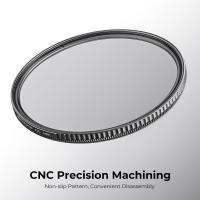
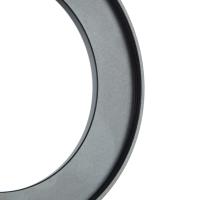
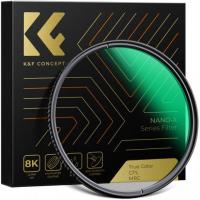

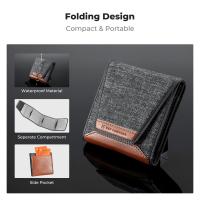
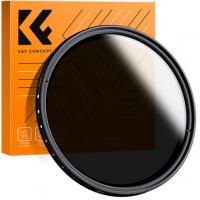
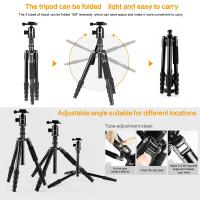





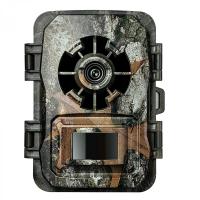
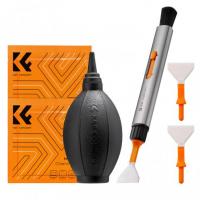
There are no comments for this blog.